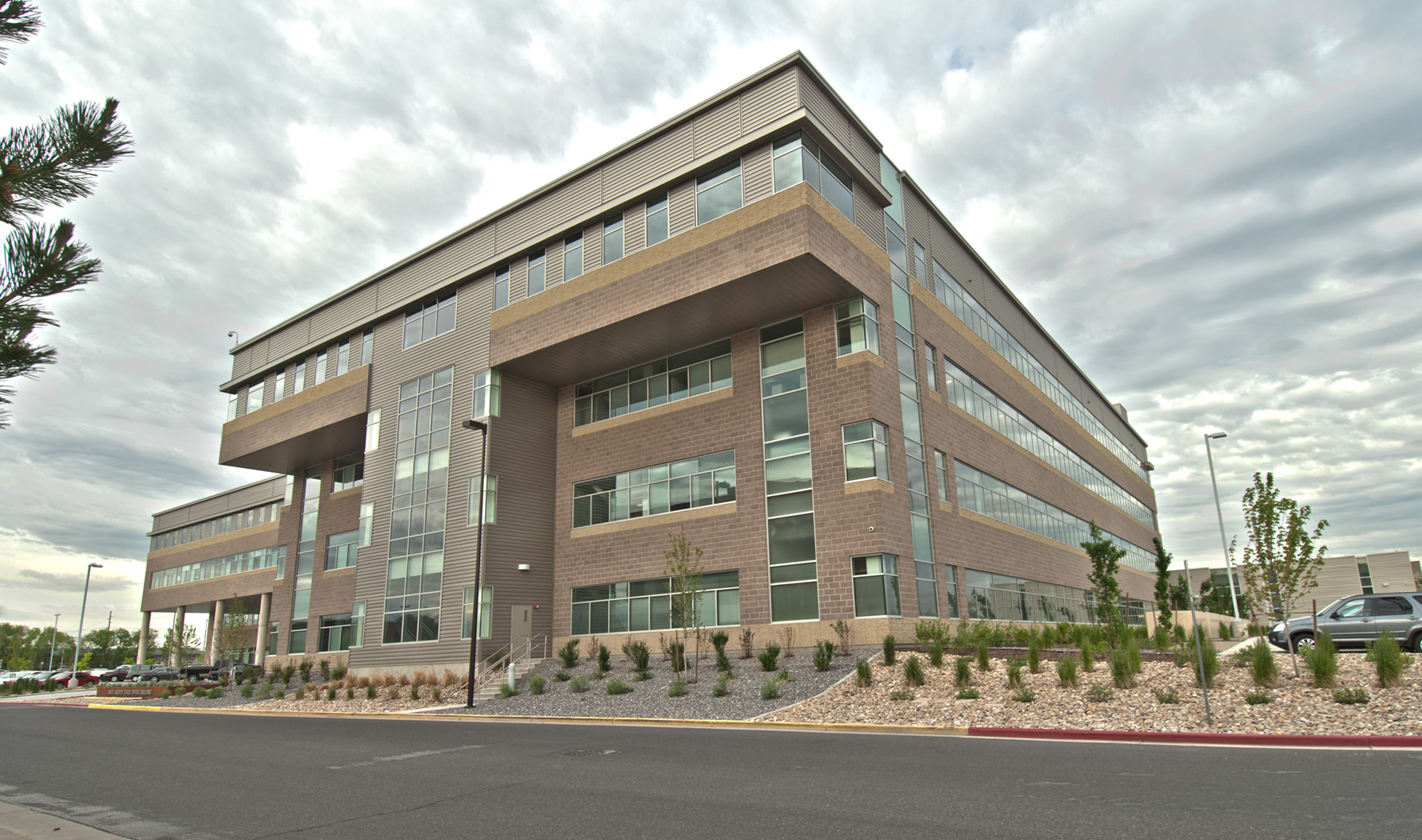Putting the Utah Healthy Places Index into action
Community leaders, policymakers, academics, and other stakeholders can use the Utah HPI to compare the health and well-being of communities, identify health inequities, and quantify the factors that shape health. Local communities can use the Utah HPI to identify indicators at the Utah small area level, census tract, or other geographic area to determine for themselves which policy opportunities work best for the members of their community.
You can use the Utah Healthy Places Index to:
- Compare data across geographies.
- Filter geographies by race, ethnicity, and country of origin.
- Conduct side-by-side map comparisons.
- View data by a variety of geographies like Utah small area, ZIP code, census tract, county, and more.
- Find evidence-based policies for communities to explore.
- Access hundreds of decision-support layers, including health risk and protective factors; schools and education; and health outcomes.
There’s a lot you can do with the Utah HPI on the website, but if you want to go more in-depth, or just want to learn more about how to use it in your work, we’re here to help! The Utah Department of Health and Human Services Office of Health Promotion and Prevention is happy to share our expertise through customized trainings, tailored reports, capacity building, and other types of assistance you might need. Email our team at ohpp@utah.gov with your request or fill out this Google form.

Local and state government
The health of community members—and the costs of providing health care—are shaped dramatically by non-health policies as well as the distribution of resources and investments in a particular area. Local and state agencies and policymakers recognize that the health of our communities is deeply influenced by policies affecting education, income, housing, transportation, food access, land use and zoning, the environment, and social services.
These local conditions also affect economic development and strategic growth by drawing new businesses, jobs, and work talent to communities. Decisions on these issues taken by a wide range of leaders and governmental organizations—the governor, Utah State Legislature, mayors, city councils, county boards of supervisors, state and municipal agencies, and regional planning commissions—have a significant impact on people’s well-being, sometimes even more so than policies targeting local hospitals and health care.

Business, investors, and financial institutions
Employers know that the health of their workers—and the spiraling costs of their medical care—can be impacted by where their employees live. It’s estimated that illness-related productivity losses cost U.S. employers more than $530 billion in 2019. Although insurance and access to health care is important, the health of workers—as well as productivity, absenteeism, and the ability to cope with ongoing health conditions—are also heavily influenced by a variety of social factors, including economic opportunity, housing, transportation, food security, and social services.
The business and financial sectors—from the Chamber of Commerce to local philanthropists—can use the Utah Healthy Places Index alongside input from community members and workers to set priorities and map the areas where health needs are greatest. For example, developers, Community Development Financial Institutions, and other local business organizations can use it to identify areas in need of housing improvements or grocery stores, and to prioritize infrastructure development.

Community organizations
Our communities, from local community members to community-based organizations, know better than anyone how access to reliable public transportation, affordable housing, fresh food, social services, green space, and good schools promote—or in its absence hinder—well-being and health.
Community-based organizations can use the Utah Healthy Places Index to identify policies or apply for grants by running quick data analyses and producing ready-to-share maps that show health conditions across neighborhoods, cities, counties, and other geographies. The multiple levels of data available from a broad set of disciplines can be used to inform the development of campaigns and coalitions. Further, users can filter data by race and ethnicity to identify key populations, particularly small groups that are geographically dispersed, where they can provide resources and support.
Organizations that span multiple communities or regions can use the tool to study and compare the different areas they serve and advocate for increased resources and greater investments in these locations—or suggest that the tool is used to allocate funding and other programs to areas where they will have the greatest impact.
The Utah Healthy Places Index maps and data work at their best when used alongside community members’ feedback as this adds context about their experiences, expectations, strengths, and knowledge of how to make their community better that the data cannot.

Health care professionals
Clinicians, health care administrators, and policymakers understand that non-clinical factors greatly influence health outcomes and health care costs.
Access to care and a patients’ ability to pursue healthy activities—proper nutrition or regular physical activity—and manage chronic diseases depend on social factors like education, income, housing affordability, transportation access, and a healthy living environment.
Attention to social and environmental conditions has risen with the Affordable Care Act, making hospitals, health systems, and Accountable Care Organizations responsible for health outcomes and health equity among their patient population. Emergency departments and hospitals intent on improving outcomes and reducing overuse are adopting systems to assist patients with food security, stable housing, and other social needs.

Others
- Planners can use the tool to analyze data and prioritize resources as they update their general or specific area plans.
- Transportation agencies can use the Utah Healthy Places Index to inform smart investments in health-promoting infrastructure such as sidewalks and bicycle lanes.
- Other agencies (park or public works departments) can use it to evaluate needs, plan investments, and apply for grants.
- School districts can use the tool to understand the needs of their student body and community or to develop specific policies such as Safe Routes to School Plans.

Training and consultation
There’s a lot you can do with the Utah Healthy Places Index on the website, but if you want to go more in-depth, or just want to learn more about how to use the Utah HPI in your work, we’re here to help! The Utah Department of Health and Human Services Office of Health Promotion and Prevention is happy to share our expertise through customized trainings, tailored reports, capacity building, and other types of assistance you might need.
Email our team at ohpp@utah.gov with your request or fill out this Google form.